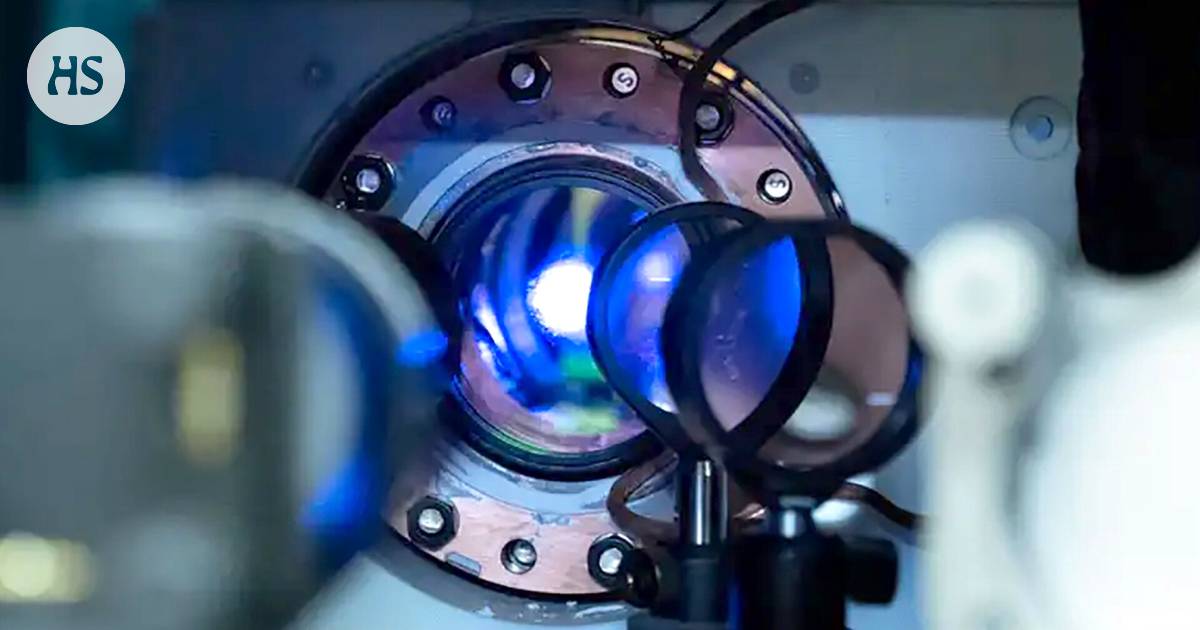At the University of Boulder, Colorado, USA, a team of scientists has developed the world’s most accurate clock. This clock is about twice as precise as the previous most accurate atomic clock produced and has numerous applications in everyday life. By utilizing lasers to cool about 40,000 strontium atoms to near absolute zero, the clock can measure the vibrations of the atoms with unprecedented accuracy.
The ultra-cold atoms in the clock oscillate rapidly between two known quantum states, protected from external disturbances and heat. This precision in time measurement allows the clock to advance or lag one second in 40 billion years. The clock sets a new standard for precision measurements and may lead to new discoveries in physics, such as detecting dark matter more precisely and refining measurements related to continental plate movements.
The development of atomic clocks has revolutionized various fields of science and continues to push the boundaries of precision timekeeping. Thousands of atomic clocks have been built since the first one was established in Britain’s National Physical Laboratory in 1955. These clocks, now located in about 80 different institutes and facilities worldwide, contribute to the calculation of the World Coordinated Universal Time (UTC) by defining the second incredibly accurately.
